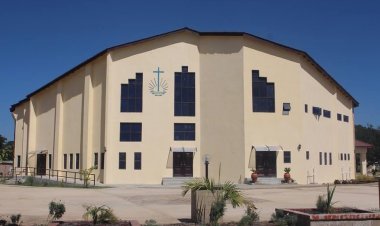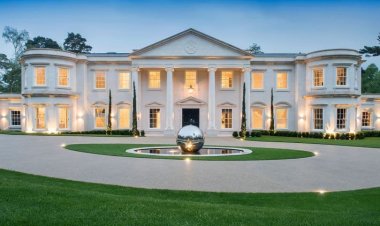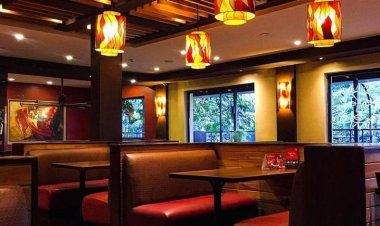The Fascinating History of Nairobi, Kenya
It's a journey of more than a century ago that bears the origins of what was, how it formed and what is in the present.
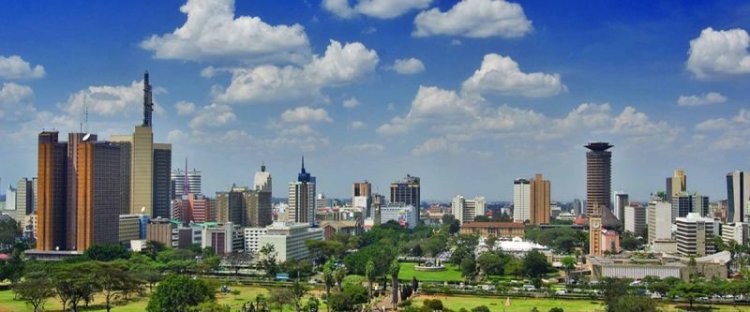
Straddling three streets, Kimathi street, Kenyatta street, and Banda street we find Stanbic bank house which is the oldest and so far the mother of Nairobi's great history.
It's also the first building in the city to have an installed elevator, built first as a hotel by a British explorer Major Grogan, one of the pioneer settlers and entrepreneurs.
But first, let's start where it all began. About 130 years ago, the whole city was just but a swampland where the Maasai community would come and water their livestock.
In order to access Uganda from Mombasa the British colonies set up a railway that passed through this swampland and Nairobi (a Maasai word meaning a place of cool waters) as a resupply station and that's where the whole city's foundation began.
The first railway warehouse came to life in 1913, along Kenyatta avenues and Loita house that would later be used as a Kipande house in 1951 to issue Africans with identification cards called kipande.
The kipandes were meant to monitor African movement, an era that Kenyans called the Kipande system.
It was during this era that Africans had to wear an identification around their neck like cowbells after being inserted in a bronze pass holder. Up to this time, the Kipande house was the tallest building up to 1935 when the city hall was constructed. The present-day KCB group bank branch. It's a two-storey building with a Gurdit Singh designer watch.
Following the Kipande were the Hatches, Matches, and Dispatches offices built for the ministry of Native affairs back in 1913 to register births, marriages, and deaths. In the present day, it is the Nairobi Gallery on Kenyatta Avenue and Uhuru Highway. Before it become Nairobi Gallery it was the old provincial commissioner's office which was used mainly for administrative purposes.
The railway led to the growth of trade that attracted a lot of banks. It also led to the growth of trade that attracted a lot of banks by 1904. India was up with the India National Bank setting a branch as part of the railway project. Six years later South Africa set its own national bank with a Roman-style building still present to date.
Rabobank later overtook a Hotel building set up in 1928 at the three-floor building adjacent to Westminster house. Family bank also rose from the original pan African house that's next to Westminster.
In order to serve the European settlers, the McMillan Memorial Library was established in 1931 after an American philanthropist who relocated to Kenya, Sir William McMillan.
Another institution that was set up to serve the European settlers was the Nairobi law courts in the year 1935, leaving Africans and Asians to their own separate law systems as part of the colonial segregation.
Later on in the year 1966, Kenya's second vice president Joseph Murumbi turned a neo-classic structure storey building built back in 1931 by the colonials into the present-day Kenya National archives in order to store the national records as a huge fan of African artifacts. A huge part of his art collection is still preserved in this house.
Outside the banking zone at the farthest end of the Kenyatta avenue built-in 1902 was Nairobi's first hotel that was later rebuilt ten years later due to a fire burn down. The hotel itself was named after another British explorer Henry Martin Stanley although after rebuilding it became the New Stanley hotel.
Torr's Hotel was directly opposite the Stanley built purely of red bricks a Stockholm city hall inspiration constructed by Ewart Grogan in 1928. Ewart's mission to impress his father-in-law had him hike from Capetown to Cairo and later on won the heart of his sweetheart to whom the Getrude Children's hospital is named after.
If you have a real estate press release or any other information that you would like featured on African Real Estate Blog Post do reach out to us via email at [email protected]












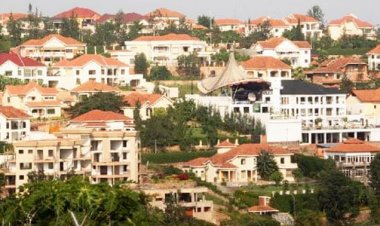














![4 Indigenous Tribes Living in Huts in East Africa [PHOTOS]](https://realestateblogpost.com/uploads/images/2023/06/image_380x226_6482dd8b5c94a.jpg)


